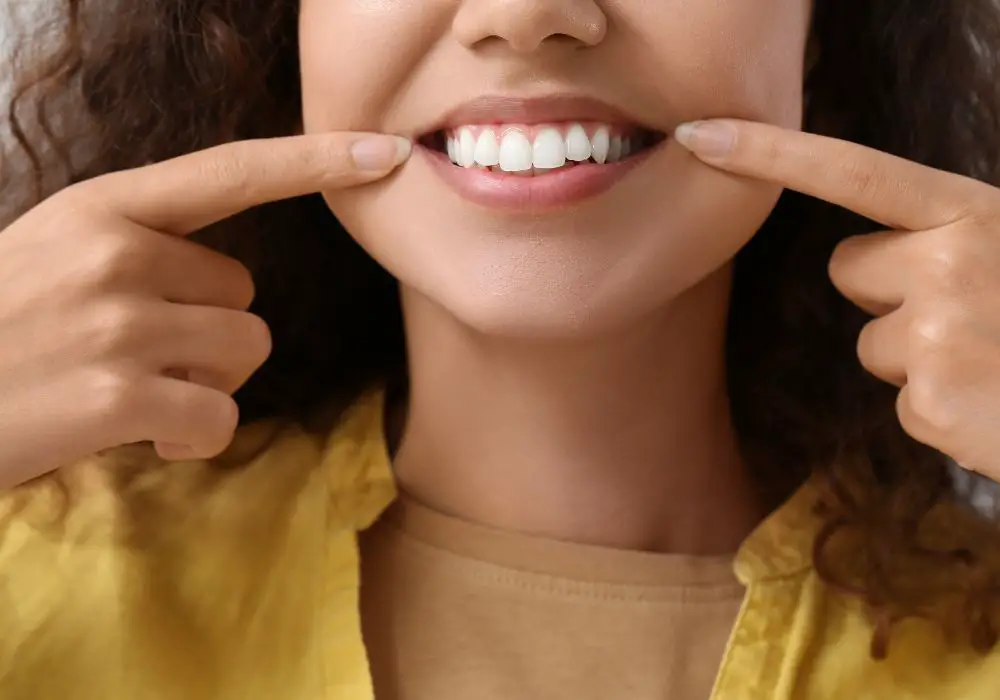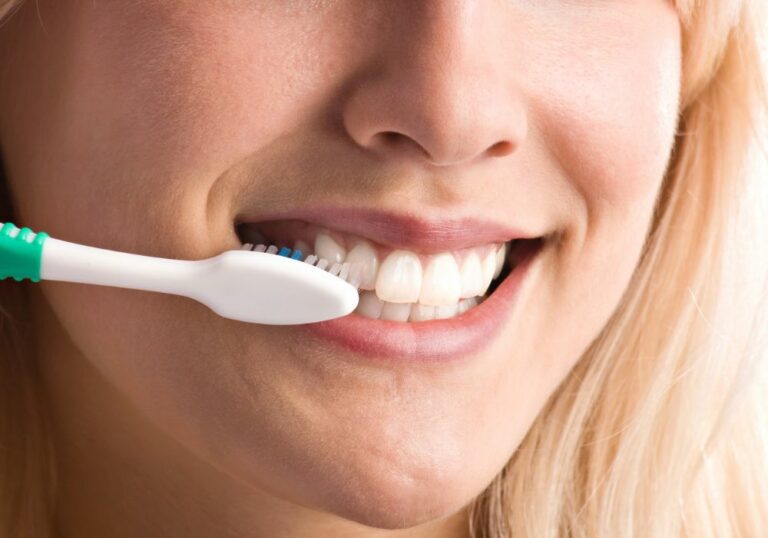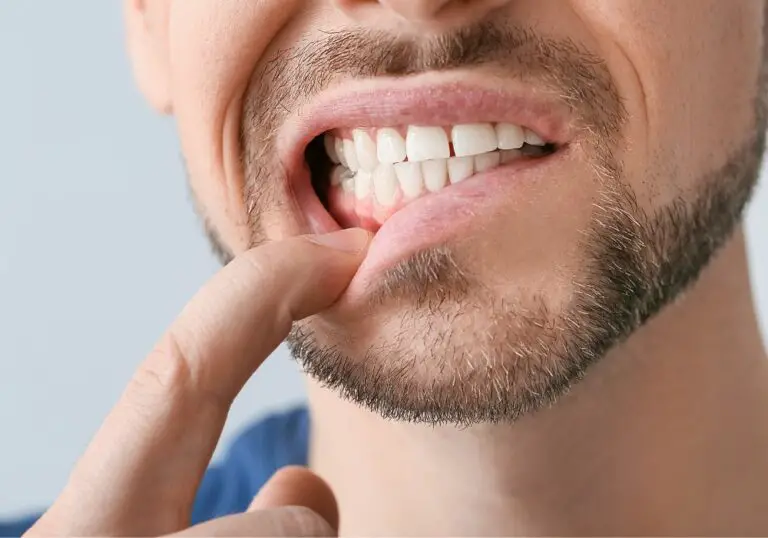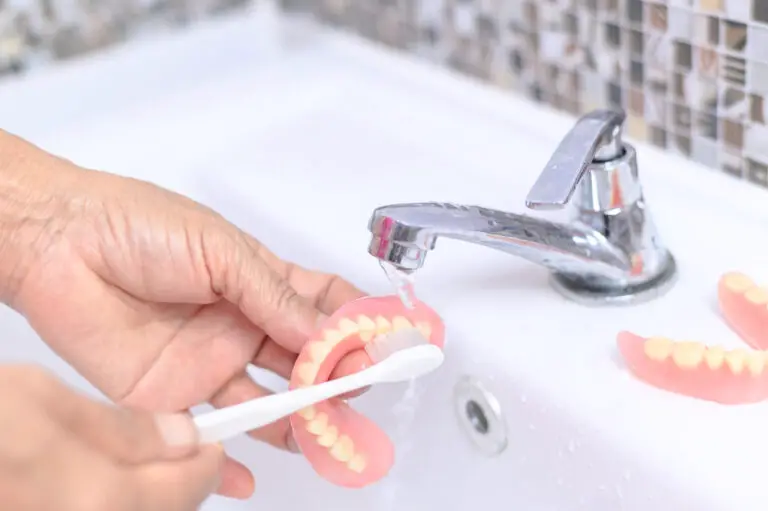Our teeth go through a lot over our lifetimes – from the food and drinks we consume to grinding and accidents. All this wear and tear can take a toll, leading to issues like cavities, cracks, stains, and sensitivity. While regular dental visits are essential for maintaining oral health, there are additional steps you can take to actively rebuild and strengthen your teeth between appointments. In this comprehensive guide, we’ll discuss a wide range of strategies for renewing your dental health.
Identifying Causes of Tooth Damage

Before determining how to undo tooth damage, it’s important to understand precisely what’s causing it in the first place. This allows you to address the source and prevent further deterioration. Common culprits include:
Sugary Foods Feed Cavity-Causing Bacteria
The bacteria naturally present in our mouths thrive on sugar and release acid as a byproduct. This acid erodes tooth enamel over time, causing cavities. Reducing consumption of sugary foods like candy, baked goods, sugar-sweetened beverages, and even fruits like raisins that stick to teeth is key.
Acidic Foods and Drinks Erode Enamel
Acidic foods and beverages directly weaken tooth enamel, making teeth more vulnerable to decay. This includes drinks like soda, coffee, wine, citrus juices, as well as vinegar-containing foods. Consume acidic items alongside meals rather than alone, use a straw to bypass teeth, rinse with water after, and wait 30 minutes before brushing.
Aggressive Brushing Damages Enamel and Gums
While brushing is vital for oral health, doing so too vigorously or with stiff bristles can actually wear down enamel over time. This also irritates gums, making them prone to recession. Use gentle, circular motions with a soft or extra-soft bristle toothbrush.
Grinding and Clenching Abrade Teeth
Whether consciously or unconsciously done, grinding and clenching your teeth wears down enamel and strains jaw muscles. Reduce stress, avoid chewing ice or pencils, wear a night guard and get botox injections to relax masseter muscles.
Tobacco Use Stains and Discolors Teeth
Ingredients in tobacco products like tar and nicotine become embedded in teeth and create stubborn stains. Tobacco also causes gum recession and reduces blood flow, increasing risk of infection and tooth loss. Quitting is the most effective way to prevent discoloration.
Poor Oral Hygiene Leads to Plaque Buildup
Insufficient brushing and flossing allows plaque – a film of bacteria and food remnants – to accumulate on tooth surfaces. Plaque hardens into calculus/tartar that fosters gum disease and cavities. Thorough daily brushing and flossing removes plaque before this happens.
Now that you know what damages teeth, let’s explore how to undo existing issues as well as prevent future ones.
Repairing Current Tooth Damage
If your teeth have already sustained some wear, certain dental treatments can help restore function and aesthetics. The appropriate remedies depend on the type and extent of damage.
Treating Cavities
Untreated tooth decay progresses deeper and can lead to infection, pain and tooth loss. Getting cavities promptly filled prevents further erosion and preserves the tooth. Depending on size and location, different filling materials are used like metal amalgam, tooth-colored composite resin, or porcelain.
Fixing Cracked or Fractured Teeth
Cracked teeth must be stabilized to avoid worsening of the fracture, which risks needing extraction. Bonding reinforces cracks with composite material. Veneers or crowns cover the entire tooth for protection. Root canals may be needed if the crack extends into the pulp.
Whitening Severely Discolored Teeth
While surface stains can be removed through professional cleanings and whitening toothpastes, severe intrinsic discoloration requires bleaching. In-office whitening rapidly lightens teeth by 10+ shades through powerful peroxide gels. More gradual at-home trays are worn for a few hours daily.
Reversing Gum Recession
Gum recession exposes more tooth root, causing sensitivity and increasing decay risk. Grafting surgery can reinforce receded areas with your own or donor tissue. Correct brushing technique must be followed post-surgery to prevent repeat recession.
Saving Badly Damaged Teeth
Teeth that are severely decayed or fractured but still salvageable can be reinforced with root canal treatment, a dental post and crown. This saves the tooth rather than extracting it.
Replacing Missing Teeth
Missing teeth can be replaced with dental bridges, partials, or implants to restore chewing function and prevent shifting. Bridges attach a false tooth to crowns on adjacent teeth. Partials are removable appliances with false teeth. Implants are artificial roots fused to the jawbone to hold a crown.
Strengthening Teeth Through Preventative Care

In addition to correcting existing damage, there are proactive ways to nourish teeth and build up natural defenses against future problems.
Give Teeth the Nutrients They Need
Enamel formation and upkeep requires sufficient calcium, phosphate, vitamin D and protein. Food sources include dairy, leafy greens, nuts, eggs, meat, fish with bones like salmon, fortified orange juice and cereal. Consider supplements if diet is inadequate.
Optimize Fluoride Exposure
Fluoride strengthens enamel, reducing decay risk. Most tap water contains some fluoride, but fluoridated water is optimal. Other sources include fluoride toothpaste, prescription fluoride supplements if you’re at high cavity risk, and teas.
| Food/Drink | Fluoride Content |
|---|---|
| Fluoridated tap water | 0.7-1.2 mg/L |
| Black tea | 0.3-0.6 mg/cup |
| Green tea | 0.5 mg/cup |
| Fish (tuna, salmon, sardines) | 0.17-1.0 mg per 3-6 oz |
| Raisins | 0.5 mg/cup |
Use Antimicrobial Rinses
Mouthwashes containing chlorhexidine gluconate, essential oils, or cetylpyridinium chloride reduce bacteria for healthier gums. They also treat and prevent gingivitis. Swish daily for 60 seconds.
Stimulate Protective Saliva
Saliva contains minerals that help remineralize enamel and neutralize mouth acidity. Chewing sugarless gum, munching crunchy fruits/veggies, staying hydrated, and avoiding meds that cause dry mouth promotes flow.
Apply Dental Sealants to Vulnerable Teeth
Sealants are thin plastic coatings painted onto the pit and groove surfaces of back teeth to shield them from decay. They are most beneficial when applied soon after molars erupt in children/teens since new enamel is especially porous. However, sealants can be applied at any age.
Use Mouthguards for Sports
Wearing custom mouthguards during contact sports protects teeth from traumatic chips and fractures. Promptly treating any dental injuries also minimizes long-term tooth damage.
Developing Better Daily Oral Care Habits

Thorough oral hygiene is key for both reversing existing issues and preventing new ones. Consistently practicing good home care plus professional cleanings can make a world of difference.
Brush Teeth Twice Daily with Proper Technique
Brushing after meals and before bed removes disease-causing plaque buildup and surface stains. Use short, gentle motions at a 45-degree angle. Brush all surfaces for 2 full minutes, twice daily. Replace brushes every 3-4 months.
Floss Thoroughly Once Daily
While brushing cleans surface areas, flossing removes plaque and debris between teeth where decay often starts. Floss gently up and down each tooth, scraping sideways to clean sides. Curve around molars.
Scrape Your Tongue Daily
Bacterial and food buildup on the tongue contributes to bad breath. Scraping or brushing the tongue reduces odor-causing bacteria. Curettes, tongue scrapers or toothbrush heads specifically designed for tongue cleaning can be used.
Rinse with Antibacterial Mouthwash
Swishing daily with an antibacterial, anti-gingivitis mouthwash reduces bacteria between brushing and flossing for healthier gums. Look for active ingredients like cetylpyridinium chloride or essential oils.
Chew Xylitol Gum
The natural sweetener xylitol inhibits cavity-causing bacteria from adhering to teeth. Chewing gum containing xylitol after meals helps neutralize acid and prevent decay.
Drink Water and Swish After Sugary Drinks
When consuming sugary or acidic beverages, use a straw to minimize contact with teeth. Rinse mouth with water afterward, and wait 30 minutes before brushing to allow softened enamel time to reharden.
Get Professional Cleanings
Tartar and stains not removed by daily brushing and flossing can only be fully removed through professional cleanings every 6 months. Cleanings allow early detection and treatment of cavities between visits.
Don’t Rinse After Brushing
Simply spit out excess toothpaste foam rather than rinsing with water. This allows the fluoride from toothpaste to remain on teeth longer strengthening enamel.
Rebuilding Oral Health is a Continuous Process
Repairing damaged teeth and gums takes dedication and daily effort over months to years. But implementing prevention strategies and improved oral care habits can steadily strengthen your smile. Consistency and patience are key – don’t become discouraged if improvements in tooth color, reduced sensitivity, or other changes don’t happen overnight. With the right combination of professional dental treatments and diligent home care, you can renew your oral health for the long-term.
Frequently Asked Questions
Here are answers to some common questions about improving dental health:
How long does it take to rebuild dental health?
You should start seeing positive changes in 3-6 months with proper brushing, flossing, diet and other oral hygiene measures. More extensive rebuilding from decay or gum disease treatment may take 9-12 months.
Can cavities be reversed?
Early non-cavitated lesions limited to the enamel outer layer can be remineralized before needing fillings. But once decay penetrates deeper into the tooth’s layers, fillings are required. Stopping progression requires diligent oral hygiene.
What foods strengthen teeth?
Dairy products, leafy greens, nuts, chicken, carrots, citrus fruits, strawberries, shrimp, and calcium/vitamin D fortified foods help strengthen and mineralize tooth enamel.
Can receding gums grow back?
Mild gum recession can be fixed with grafting surgery to regenerate lost tissue over exposed roots. But diligent brushing and flossing must be maintained post-surgery to prevent repeat recession. Severe gum loss may be permanent.
How much does it cost to rebuild dental health?
Costs range widely based on needed procedures. Basic fillings may run $100-$200 per tooth, while crowns average $800-$1500 per tooth. Dental implants typically cost $3000-$6000. Check your insurance coverage and inquire about payment plans to offset expenses.







